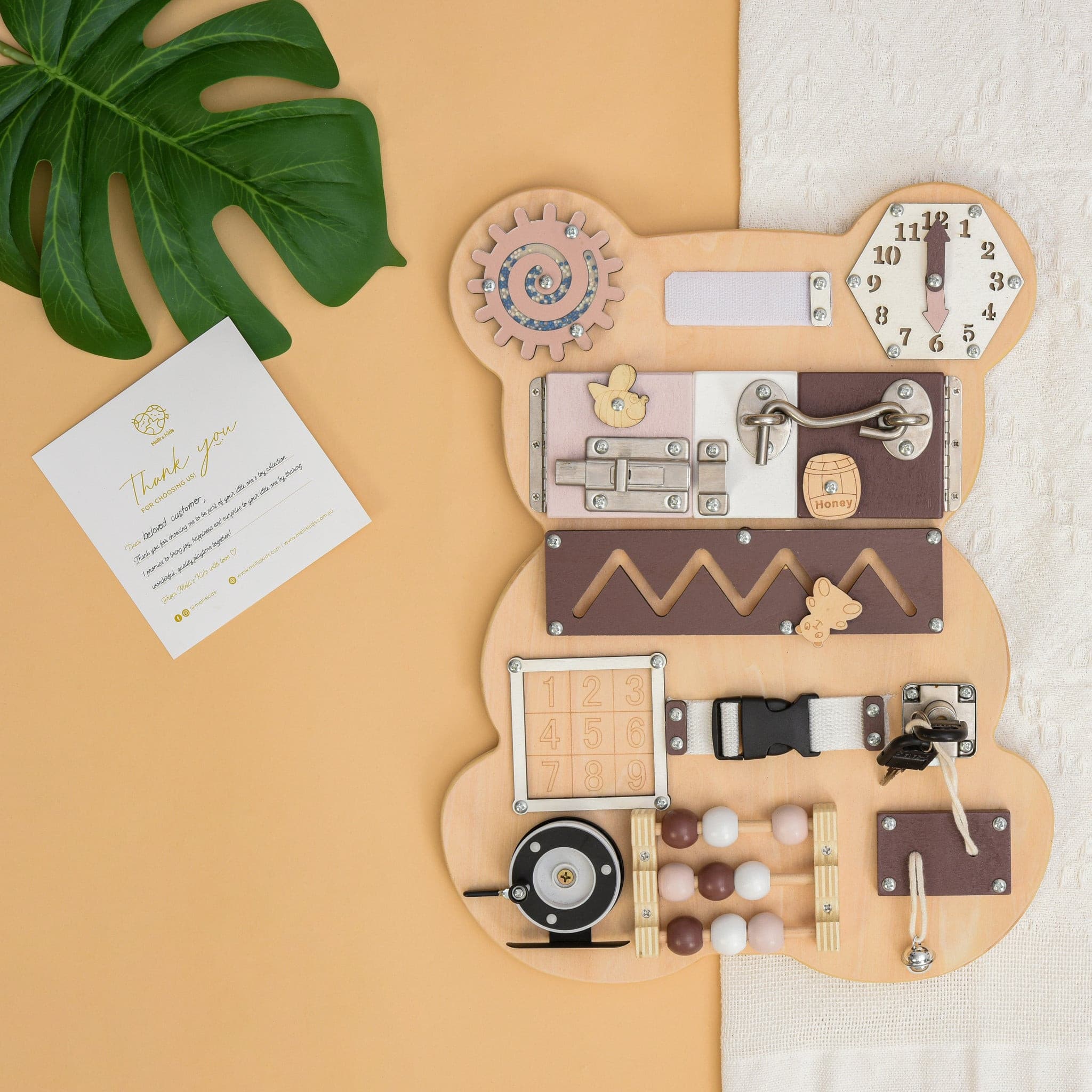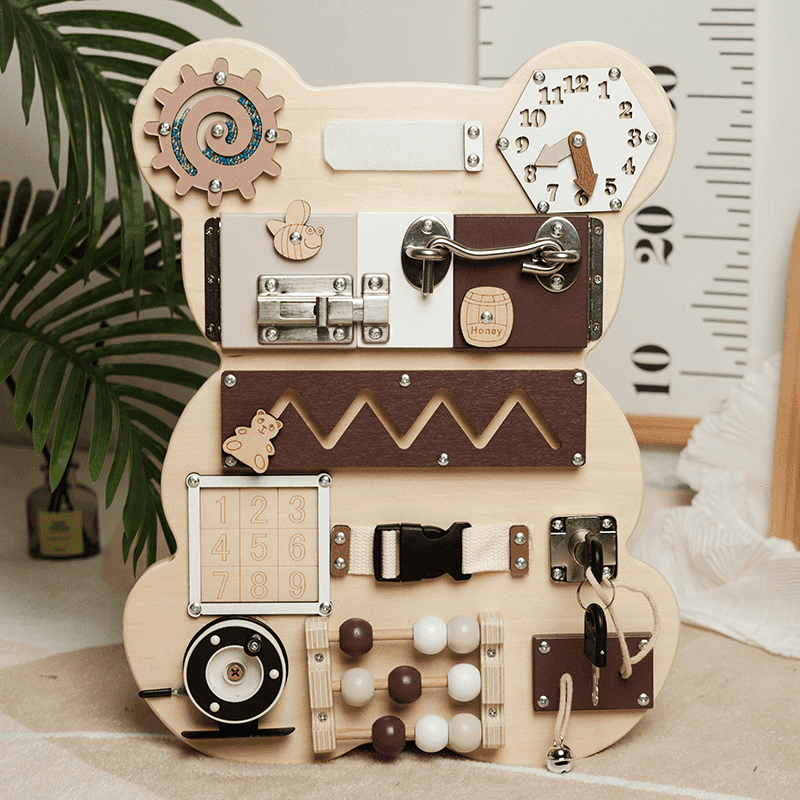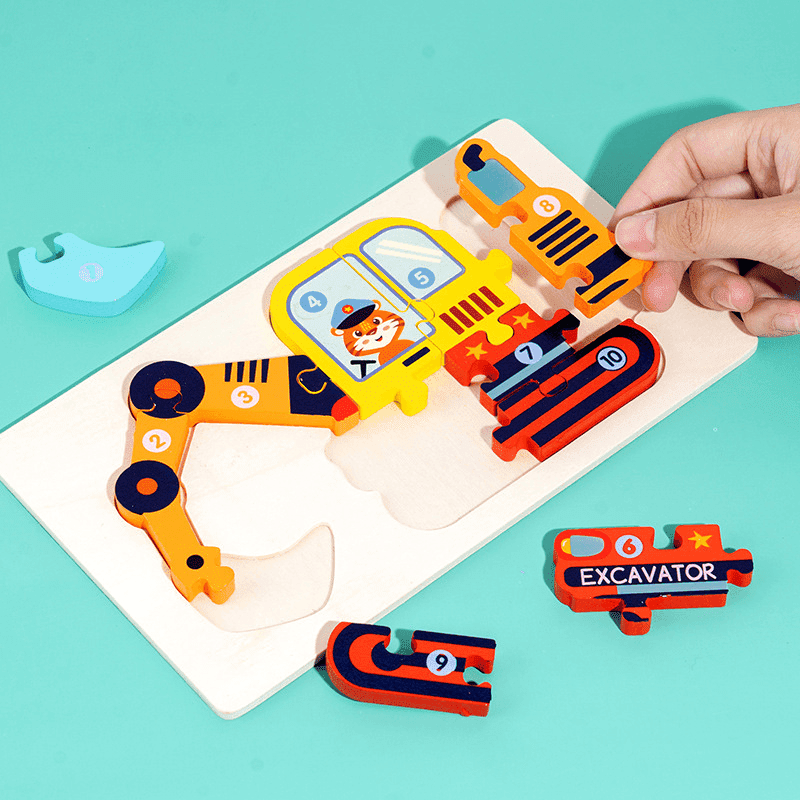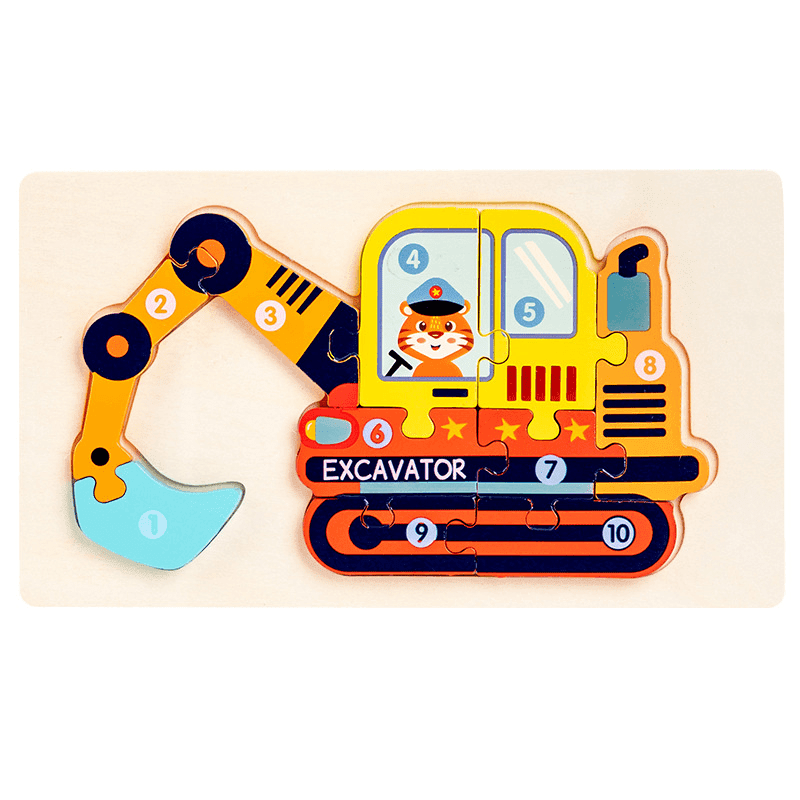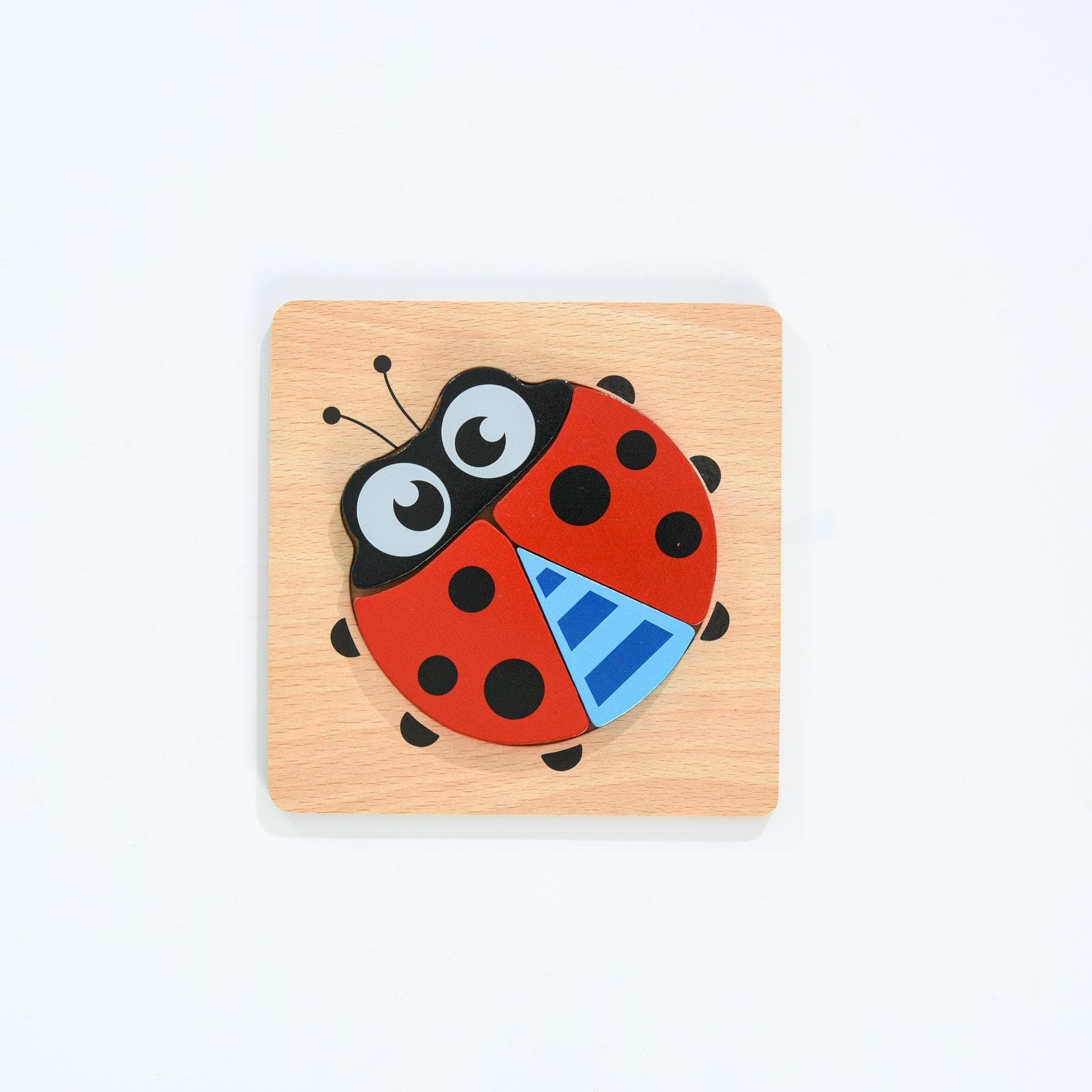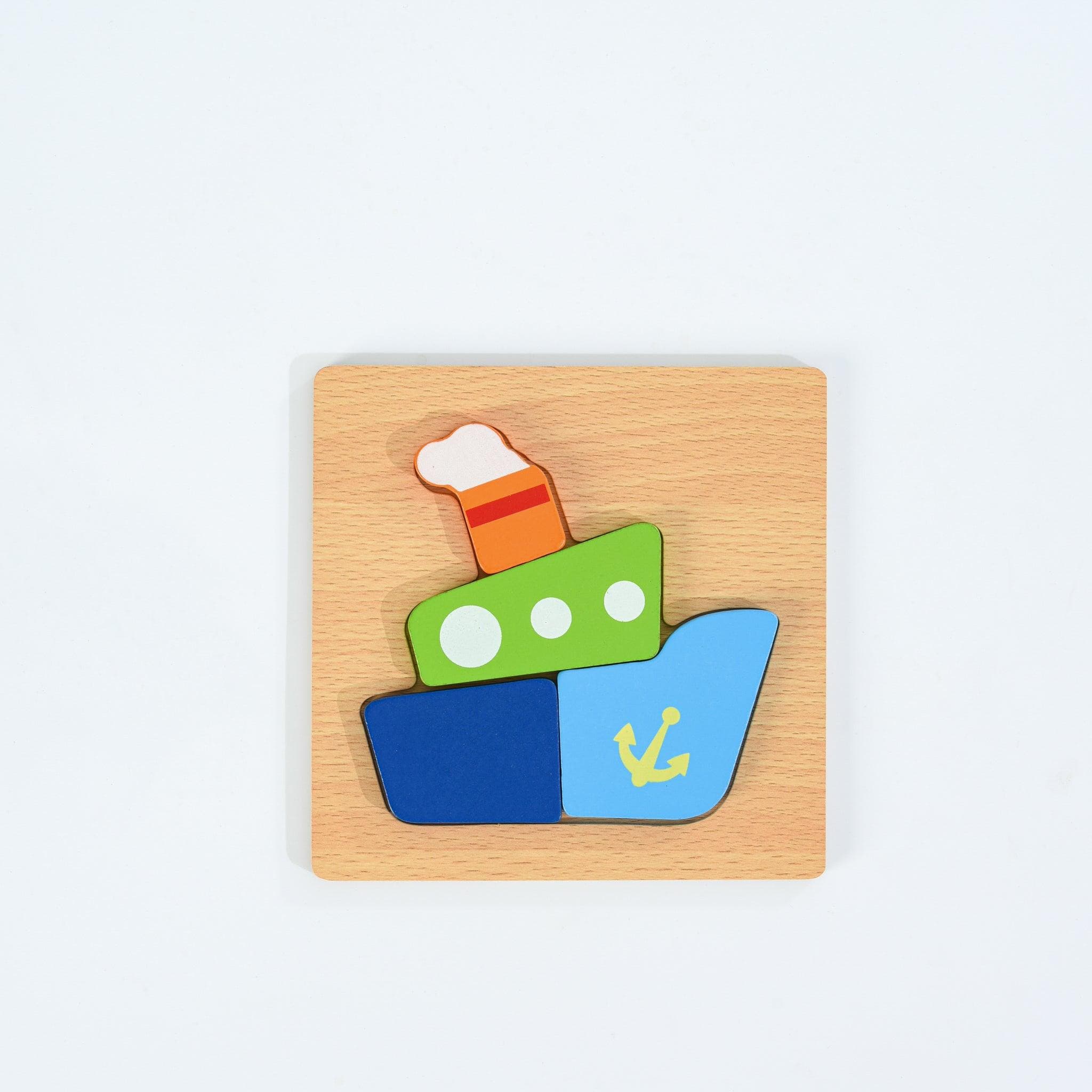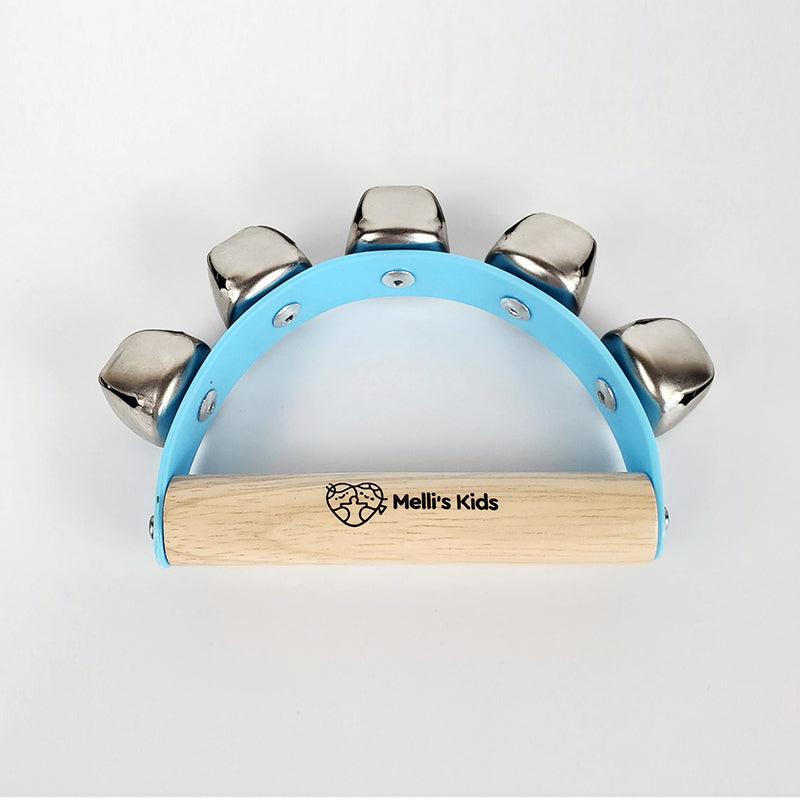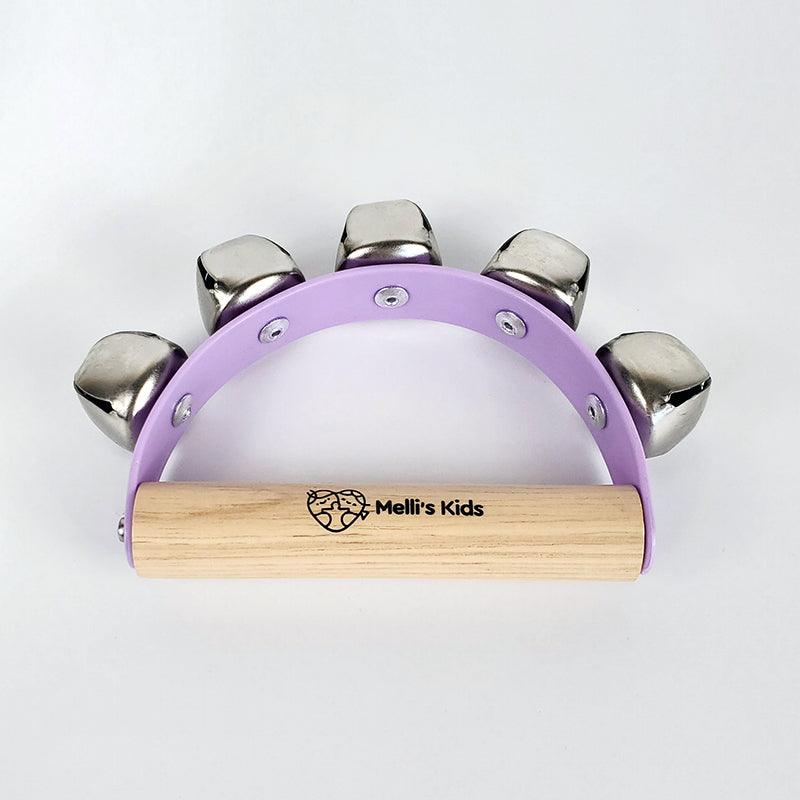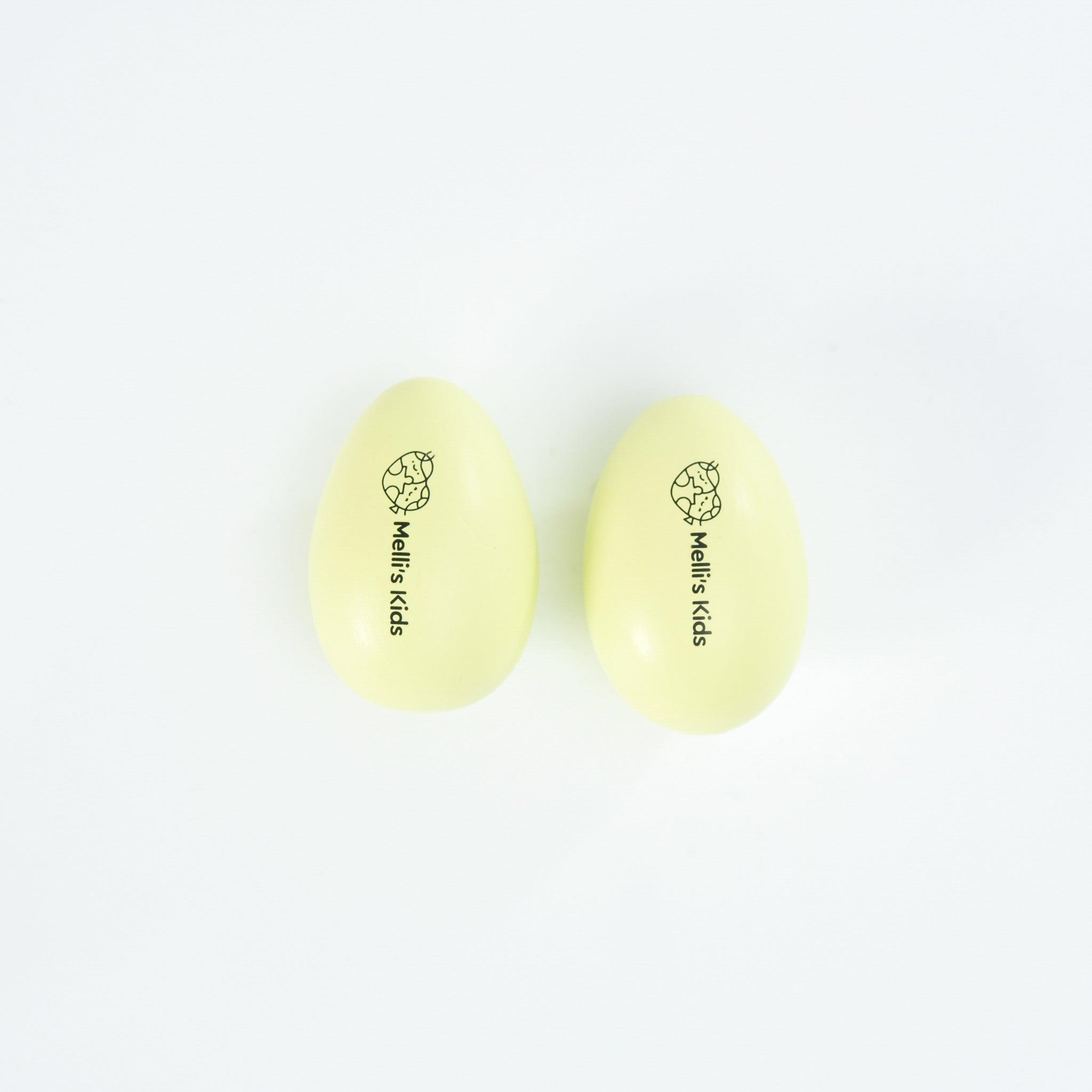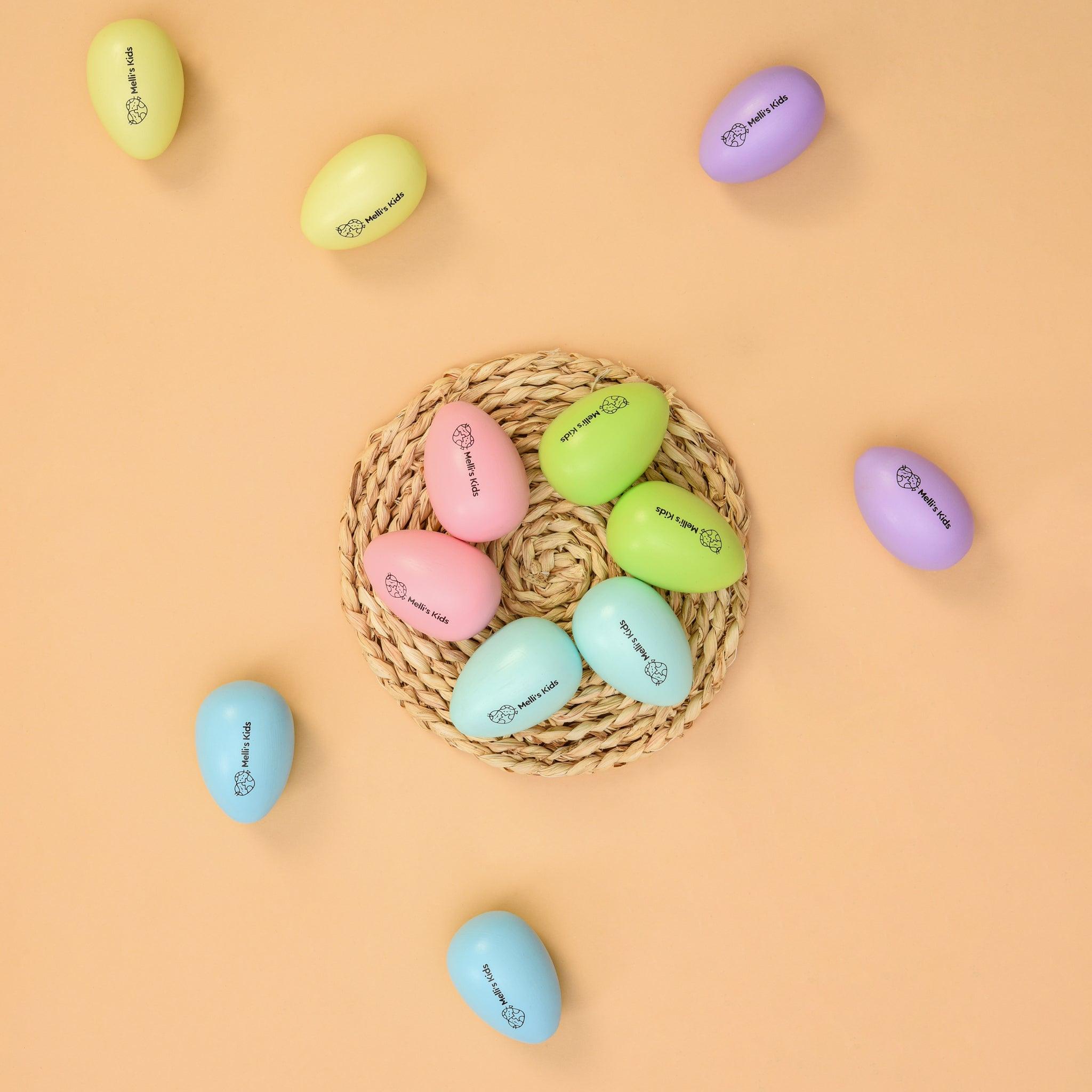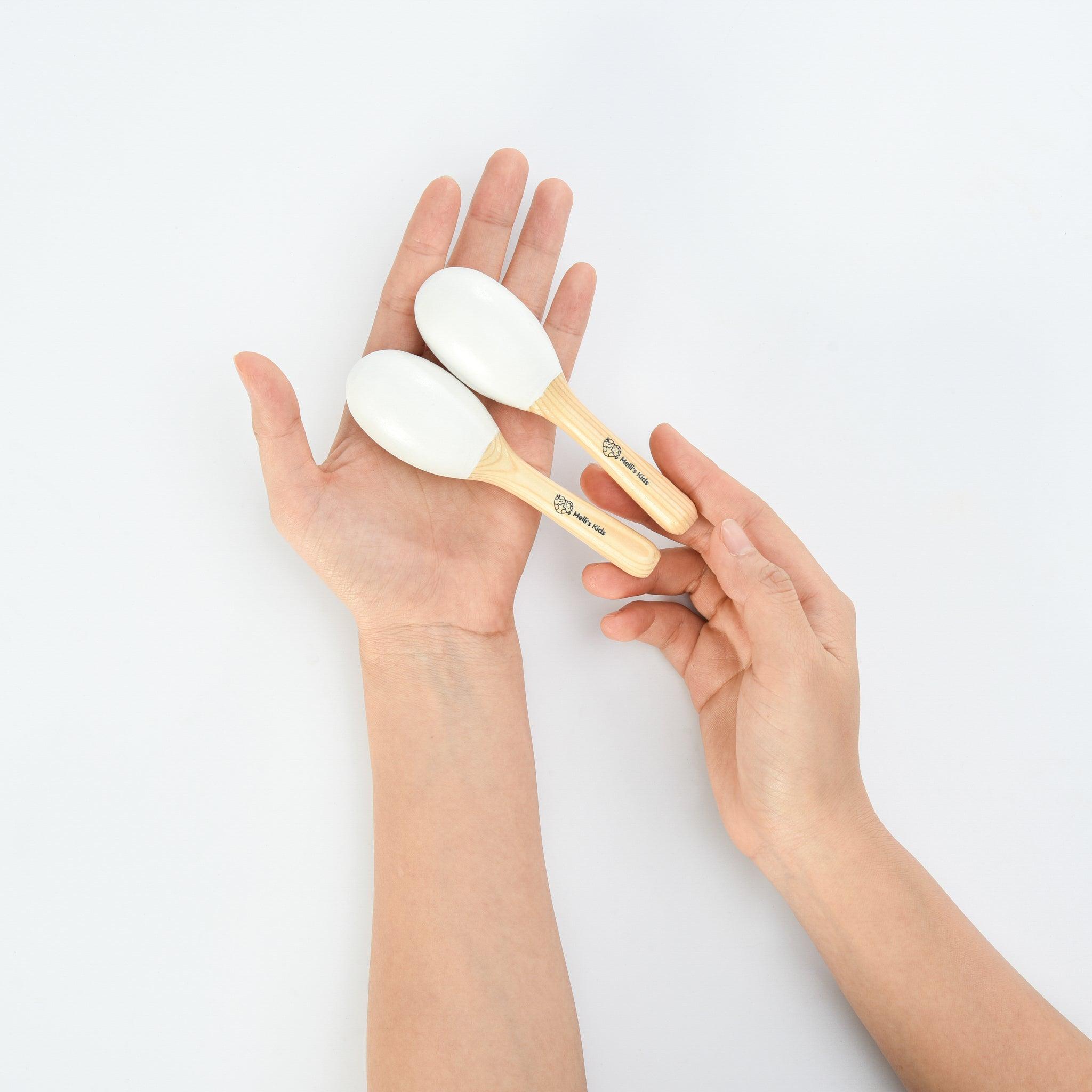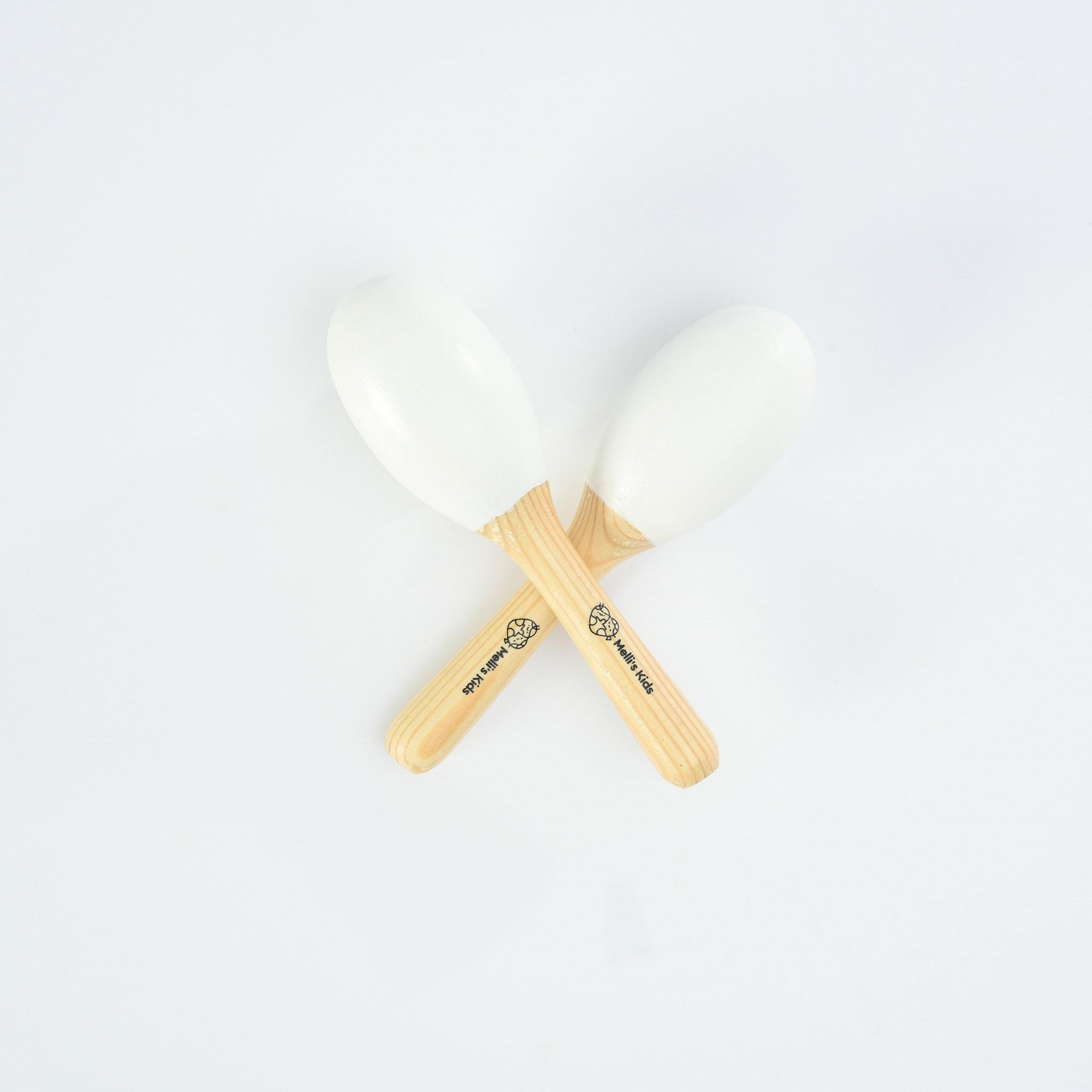Creating a Montessori-Style Playroom: Choosing the Right Montessori Educational Toys
In the journey of nurturing a child's growth and development, the environment plays a pivotal role. A Montessori-inspired playroom offers a space where learning, exploration, and independence flourish. This article delves into the art of crafting a Montessori-style playroom, with a focus on selecting the ideal educational toys that harmonize with the Montessori philosophy.

Discover the Perfect Montessori Educational Toys for your Baby Playroom
Understanding the Montessori Approach: The Montessori approach emphasizes self-directed learning, independence, and hands-on experiences. This philosophy extends to the playroom, where carefully chosen montessori educational toys facilitate a child's natural curiosity and development.
Designing the Playroom:
-
Simplicity in Design: Opt for a clean and clutter-free layout, allowing children to focus on activities without unnecessary distractions.
-
Child-Centered Spaces: Create dedicated areas for different activities, such as reading, art, and exploration, promoting autonomy in choosing their play.
-
Accessibility: Ensure that toys and materials are easily accessible to children, fostering their ability to choose and return items independently.

Choosing Montessori Educational Toys:
-
Open-Ended Toys: Select open-ended toys that encourage creative and imaginative play, such as wooden blocks, building sets, and art supplies. These toys have no fixed purpose, allowing children to explore various possibilities.

-
Sensory Materials: Introduce sensory-rich montessori educational toys like textured objects, sensory bins, and playdough, providing children with tactile experiences that stimulate their senses.
-
Practical Life Activities: Include toys that replicate real-life tasks, such as child-sized brooms, utensils, and washing stations. These activities foster a sense of responsibility and life skills.
-
Fine Motor Development: Choose toys that refine fine motor skills, such as threading beads, puzzles with knobs, and stacking toys. These toys aid in hand-eye coordination and dexterity.
-
Language and Literacy: Incorporate books, puzzles with letters, and storytelling puppets to encourage language development, vocabulary expansion, and storytelling skills.
Rotating Toys: To maintain interest and prevent overstimulation, consider rotating toys on a regular basis. This practice keeps the playroom fresh and ensures that children engage deeply with the available materials.

Engaging with Your Child:
-
Modeling Play: Spend time playing alongside your child, demonstrating how to use the toys and encouraging exploration.
-
Observe and Adapt: Pay attention to your child's interests and developmental stage, adapting the playroom setup and toy selection accordingly.
Crafting a Montessori-style playroom is a journey that aligns with the philosophy's core principles. By curating a space that fosters independence, creativity, and hands-on learning, parents provide a foundation for their child's holistic growth. Choosing the right Montessori educational toys completes this environment, facilitating a space where learning is not just an activity but a way of life. As parents embark on this journey, remember that the Montessori playroom is not just a physical space; it's an invitation to explore, discover, and flourish.

